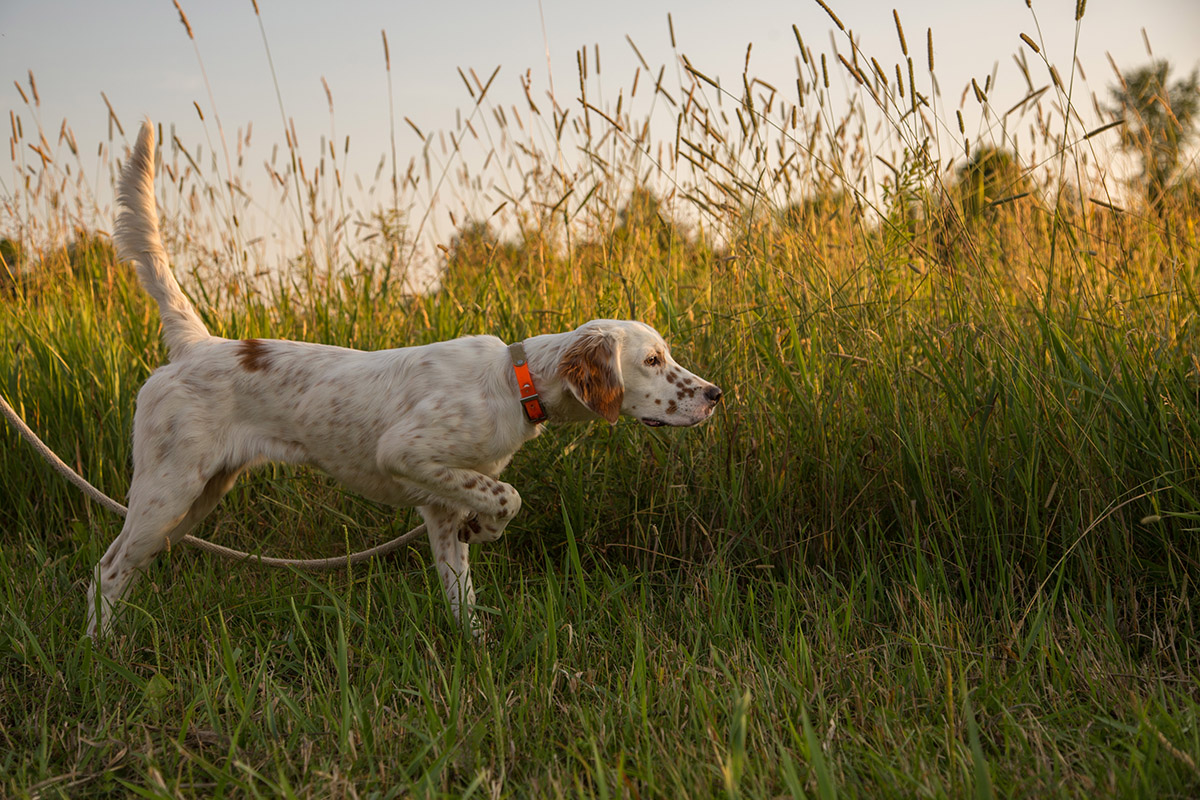Your Dog’s Personality? Probably due to selective breeding

There are lazy dogs and hyper dogs, dogs that herd and dogs that hunt, dogs that fetch and dogs that jump.
Many of these behaviors are associated with one breed or another. Researchers have found that the behavioral differences are the result of underlying neural differences. “Humans have bred different lineages of domestic dogs for different tasks such as hunting, herding, guarding, or companionship,” says David Gutman, Emory associate professor of medicine and co-author of the study, published in the September 25 issue of the Journal of Neuroscience.
Gutman and Marc Kent at the University of Georgia College of Veterinary Medicine examined the MRI brain scans of 62 purebred dogs from 33 breeds. Analysis showed that brain variations among breeds were broader than could be attributed to chance. “Neuroanatomical variation is plainly visible across breeds,” the study found. “This variation is distributed nonrandomly across the brain. Variation in these networks is not simply the result of variation in total brain size, total body size, or skull shape.” Results indicated strong, recent selection in individual breeds. “Together, these results establish that brain anatomy varies significantly in dogs, likely due to human-applied selection for behavior,” Gutman says. For instance, the dog’s brain network involved in navigation was proportionally larger in sight hunting breeds, while the anatomy of the network involved in vision and smell was larger in dogs bred to help the police and military
Related Links
Significant Neuroanatomical Variation Among Domestic Dog Breeds
"Emory neuroscientist explores 'What It's Like to Be a Dog'" (eScienceCommons)
"What is your dog thinking? Brain scans unleash canine secrets" (eScienceCommons)
"A dog's dilemma: Do canines prefer praise or food?" (eScienceCommons)




